The Thin Blue Line of Social Media | JSB Talks Digital Podcast

JSB Talks Digital is a weekly digital marketing and social media podcast hosted by author, strategist, consultant, speaker and trainer Joanne Sweeney-Burke. Each Friday Joanne shares her digital marketing and social media insights from her work as CEO of Digital Training Institute.
In this episode I respond to a news article in which An Garda Síochána, the Irish police force, explain how their time is taken up with responding to allegations of what I can only describe as social media crimes.
Coming up in this podcast:
- In social media news, Facebook tries to tackle Fake News; TweetDeck announces new features; and Twitter announces new premium content streaming on desktop;
- I interview Tim Burrows, former US Law Enforcement Officer and founder of Twelve 66;
- In shout-outs: Three law enforcement and social media case studies;
- In JSB’s column – The thin blue line of social media – whose job is it anyway to police it? and;
- Find out what tool saved my working week.
Social Media News
Facebook tries to tackle Fake News
Facebook has published ads in newspapers in the UK giving the public advice on how to spot fake news. In an unprecedented step, the world’s largest and most powerful social network has been the subject of a BBC Panorama documentary also which found that Facebook played a significant role in the outcomes of the US Presidential election and also the Brexit vote.
The platform says it has already removed “tens of thousands” of fake Facebook accounts and that they have systems in place to monitor the repeated posting of the same content or a sharp increase in messaging. Accounts displaying this activity are then flagged as suspicious.
A Facebook statement says:
“With these changes, we expect we will also reduce the spread of material generated through inauthentic activity, including spam, misinformation, or other deceptive content that is often shared by creators of fake accounts.”
The move comes just weeks ahead of the UK General Election.
Before the recent French election, Facebook removed over 30,000 fake accounts, helping reduce the impact of such operations.
You can also listen back to my Fake News podcast which is Episode #34
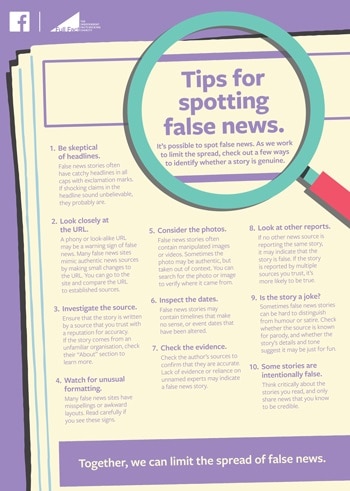
TweetDeck announces new features
TweetDeck, Twitter’s official management tool has released two new platform features.
You can now control whether GIFs autoplay in your TweetDeck streams.
The next TweetDeck update allows you to get a listing of what people are saying about any particular tweet with a new ‘See who quoted this tweet’ option.
You can choose this option either for your own tweets or for another user’s.
When you click on ‘See who quoted this tweet’, you’ll get a new column in TweetDeck which shows the quote history.
This will enable you to easily keep track of any ongoing quotes of that Tweet.
3/ We also added the ability to control whether GIFs auto-play or not! Click the ⚙️ icon and flip the switch in settings ✨ pic.twitter.com/fGkfv1Wtz3
— TweetDeck (@TweetDeck) May 9, 2017
Twitter announces new premium content streaming on desktop
Twitter is getting in on the social TV action!
The flagging social network has announced 16 live streaming content deals across sports, news and entertainment, which they say “will bring hundreds of hours of new premium video content to Twitter.”
The announcements include new exclusive original live programming, live games and events, live syndications, extensions of existing live deals, and new always-on live streaming content onto the platform.
Twitter says the move: “presents new opportunities for brands to reach passionate and engaged audiences by sponsoring premium video content at scale.”

In Q1 this year, Twitter’s second quarter since launching live video on Twitter, they delivered over 800 hours of live streaming premium video content across more than 450 events, delivering an audience of 45 million unique viewers
Twitter describes this audience as global, mobile, and influential, with 55% of their logged-in live viewers being under the age of 25.
Please note that the live video content is only available on desktop.
Interview | Tim Burrows, former US Law Enforcement Officer and founder of Twelve 66
 In today’s show I speak to retired police officer Tim Burrows.
In today’s show I speak to retired police officer Tim Burrows.
Tim has moved into the area of law enforcement and social media and writes, speaks and podcasts on the topic. Founder of Twelve Sixty Six and The Police Podcast on iTunes Tim also hosts the virtual LESM conference which I actually presented recently.
Tune in to the podcast to listen to my interview with Tim.
You can follow Tim on Twitter @TimBurrows1266 Be sure to subscribe to his podcast: The Police Podcast on iTunes or find out more on his website: www.twelvesixtysix.com
WATCH INTERVIEW
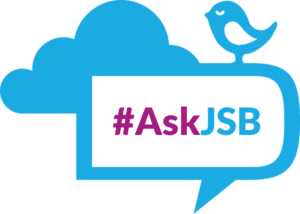 Ask JSB
Ask JSB
Ask JSB brings the voices of my listeners onto the show. So you now have an opportunity to ask me a question, have it aired on the podcast and I will respond.
Do you want to ask JSB a question?
If you want to hear your voice on JSB Talks Digital simply log on to digitaltraining.ie/askjsb and you might find yourself and your question on air!
Shout-Outs: Three law enforcement and social media case studies
In this part of the show I give shout-outs to brands, organisations and individuals whose work online is remarkable and worth talking about.
In today’s show I’m sharing three law enforcement and social media case studies. Social media has a valuable role to play in crime investigations, public relations and community engagement.
Here are three case studies from my book, Social Media Under Investigation Law Enforcement and the Social Web.
************
Spain’s national police force has leveraged social media for smart policing
At one stage their YouTube channel and Twitter account were the largest and most followed in the country!
The former Director General of the Spanish National Police force stressed that they view the public and their security – whether on the street or on the Internet – as top priorities.
They launched a policing initiative called Policia 3.0 which focused heavily on social media as an integral part of crime reduction and crime prevention, not to mention gathering intelligence.
************
Queensland’s Police Force managed the 2010 flood disaster almost exclusively using social media
Hailed as one of the world’s leading examples of how to use social media for public engagement and emergency disaster responsiveness, Queensland Police Service saw its Twitter following grow ten-fold in just two weeks. During the same timeframe their Facebook fan base went from 8,000 to 160,000 as people flocked to social media to get real-time updates on the flood relief plan and ongoing crisis.
With trust in their local law enforcement agency, the sought information from the emergency management team headed by Queensland Police Service. They also launched a hashtag #mythbuster to eliminate hearsay and fake news from spreading online. This helped to reduce panic.
***********
Reducing crime in Chicago using social media
The Chicago Crime Reduction Strategy saw the Chicago Police Department commence door-to-door calls letting gang members know of the likelihood of their demise.
Using a network analysis system that maps the relationship among the 14,000 most active gang members in the city, the police department was able to show how likely they were to kill or be killed as a result of gang violence.
They used social media to trace the relationships between gang members and applied these findings to Yale Professor Andrew Papachristos’ theory, which suggests that if you spend time with people who have been shot, carry a gun or engage in risky behaviours, your own risk of being shot increases.
The door-to-door calls using the social media data resulted in a 30-40 per cent reduction in group violence in targeted Districts and it was down 20 per cent citywide.
Read more about law enforcement and social media on my blog: www.lawenforcementoberserver.com
JSB’s Column | The thin blue line of social media – whose job is it anyway to police it?

In today’s column, I’m sharing my insights on the thin blue line of social media – whose job is it to police alleged social media crimes?
This column was inspired by a newspaper article published in the Irish Independent on April 29 2017. The headline reads:
Teenagers sending explicit photos and neighbours playing out petty squabbles now a reality of policing
It’s estimated that about 15pc to 20pc of the cases reported to Gardaí, on a normal uniform policing unit in Dublin, would involve some element of social media.
The PSNI actually record all crimes that have a relationship to social media which is growing year on year.
In my experience, and I’ve studied the subject of law enforcement and social media extensively – from my academic, to my professional work and even writing a book on the subject – the level of knowledge among most police officers who range in age from early twenties to late 50s is at best, average.
They are not equipped with the skills nor the knowledge to astutely deal with any alleged offence involving social media.
I’ve had phone calls and emails from teachers, school principals, community workers and even a GP with appeals to help them deal with serious matters involving social media.
These professionals who are dealing with the public and who have a responsibility for people in their care are equally frustrated by the growing problem of what I call, anti-social media behavior.
A natural next step for them is to contact their local police station and get advice.
In a linked article in the same newspaper on 1st May 2017, Tom Brady writes:
“Gardaí want each district headquarters to have its own Facebook page, which would allow local officers to respond more quickly to complaints.
Rank-and-file Gardaí said there has been a significant increase in the number of social media complaints reported to them locally, mainly concerning bullying and sexual harassment.
Officers in regular units say anything up to 20pc of cases referred to them involve some element of social media.
But they feel restricted in their investigations into the complaints because of a lack of access to the internet.”
How can members of An Garda Síochána investigation allegations involving social media if they can’t even access those channels at work?
If a case is investigated by Gardaí in Ireland and the Director of Public Prosecutions agree that there is sufficient evidence to proceed to a court of law, then Gardaí have to operate within existing laws. While the Law Reform
Commissioner has suggested new online offences, most of the prosecutions to date have fallen under existing Irish law such as:
- A conviction for fraping on Facebook was taken under the Criminal Damage Act 1991.
- A conviction of defamation following public comments on Facebook was taken under the Defamation Act 2009.
Both cases ended in successful convictions.
So there is certainly a role for Gardaí and law enforcement when it comes to alleged social media crimes, but they are under-resourced, ill-equipped and certainly under-skilled to deal with this growing problem.
If you want to know more about developing a social media strategy for law enforcement or how to deal with incidents of cyberbully please get in touch. Simply drop me an email to [email protected]
Social Media Tool of the Week
The social media tool that saved my working week is Headline Analyzer from CoSchedule.
Headlines as you might know, can make or break a post, and that’s why you want to make sure that yours is a winner. How often have you scrolled on after speed-reading a headline? Or what was the last article you read based on the headline that made you click?
Co-Schedule has created a headline analyzer that measures the effectiveness of your headline and it’s FREE!
The tool makes it possible to test out as many variations of a headline as you’d like, scoring each one based on their algorithm from 1-100.
It tests:
- Emotional impact
- Overall structure, readability and grammar
- Headline type
- Length analysis
- Google search preview
- Email preview
- Your first and last word
To find out more or to test a headline log onto http://coschedule.com/headline-analyzer

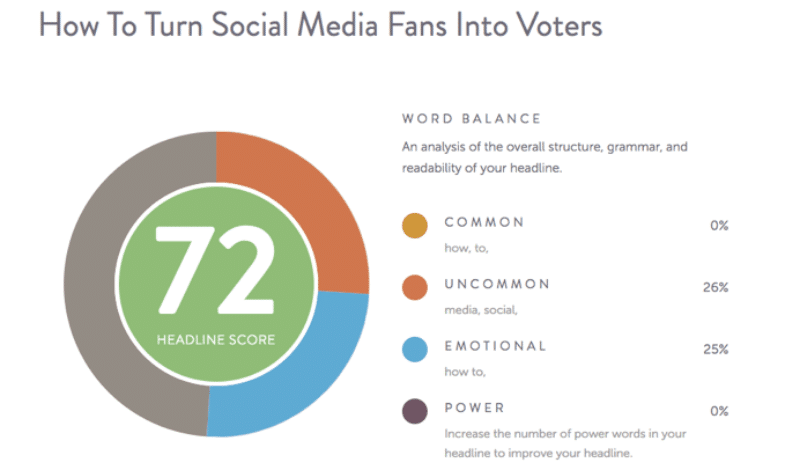



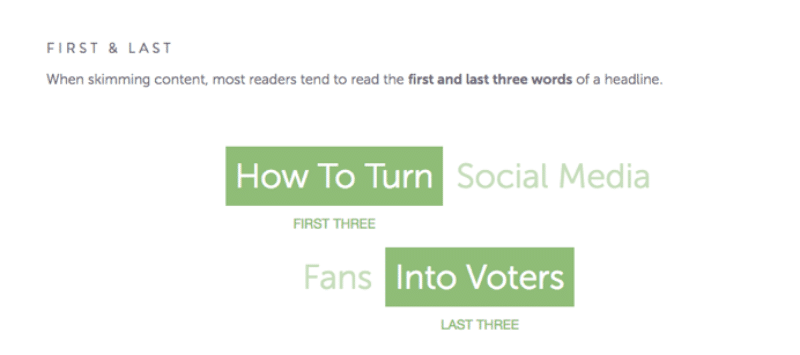
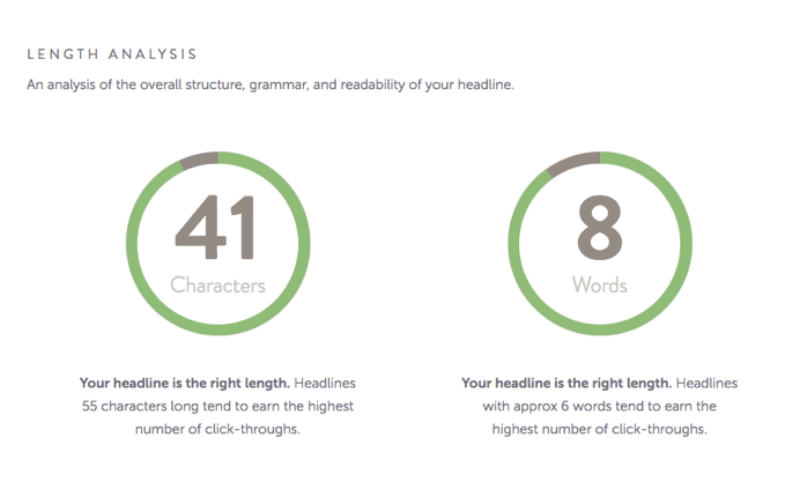
Please vote for JSB Talks Digital!
We are delighted to announce that JSB Talks Digital has been shortlisted as a finalist in the Online Marketing in Galway Awards. It’s great social proof that JSB Talks Digital adds value in the noisy world of the Internet!
If you enjoy JSB Talks Digital, we would love to get your vote. Simply head over to the OMiG voting page and choose ‘Digital Training Institute Podcasts’. Thank you so much!
I love feedback
I’d love to know what you think about this episode. So please get in touch by commenting below or tweet me @tweetsbyJSB or send me a snap to jsbsnaps.
Listen: JSB Talks Digital | Episode #48
I would like to thank Eoghan Murphy aka The Galway Gamer for producing my podcast series and to Flirt FM on the campus of NUI, Galway where I am based for the use of their studio.








